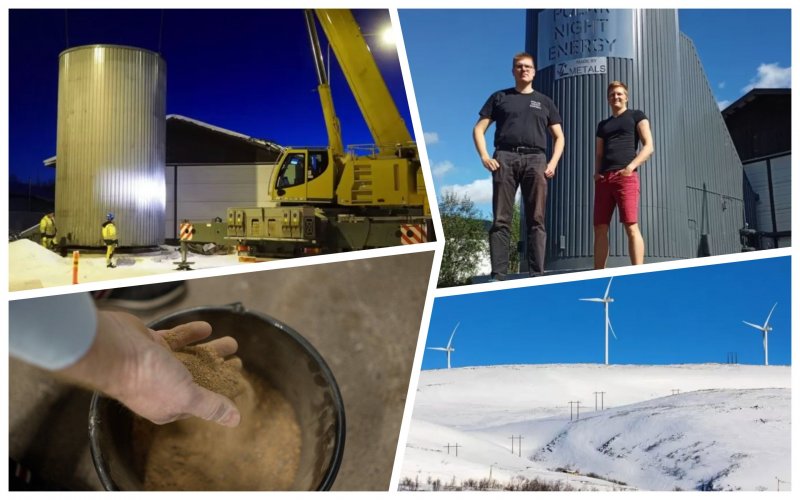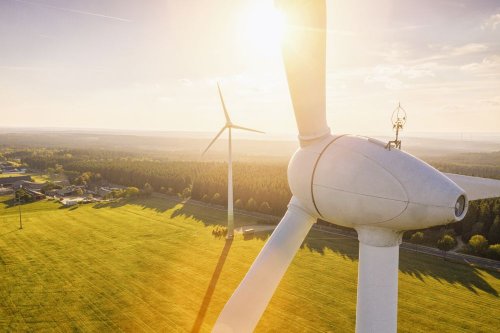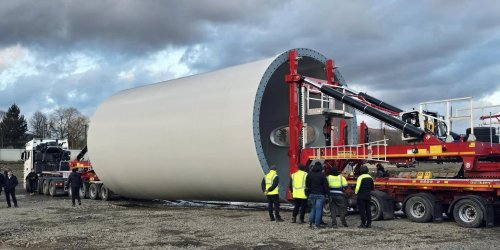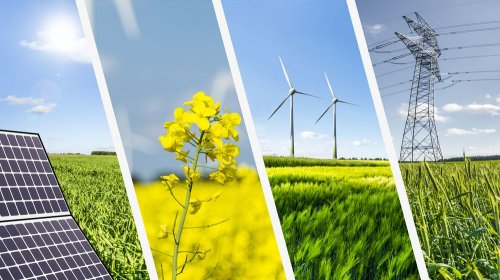In Finland, Polar Night Energy's sand battery at the Vatajankoski power plant, which stores 8 MWh of thermal energy, has started to release heat for heating and water heating.
The battery releases about 200 kW of energy through heat exchange pipes to power about 100 homes and a public swimming pool, supplementing electricity from the grid, reports BBC news Ukraine.
The technology uses 100 tons of low-grade construction sand, heating it to 600C using green electricity. Renewable energy powers a heater that warms the air inside. Inside the battery, hot air circulates through heat exchange pipes in the sand.
"The pipes and sand don't wear out. The fan is the only moving part and can be easily replaced if needed," said Ville Kivioya, lead scientist at Polar Night Energy.
He explained that sand effectively retains heat for months and has a long life, it can be heated and cooled many times.
The technology was developed by four young Finnish engineers, childhood friends: Tommi Eronen, Markka Iljonen, Liisa Naskali and Ville Kivioya. They installed the first commercial sand battery in July 2022.
Heronen said that the invention caused a flurry of excitement all over the world. The battery first attracted attention because it is able to compensate for the uneven supply of energy from renewable sources.
The paper noted that stable storage of solar and wind energy is particularly important for the Nordic countries, which have long periods of darkness and an increased need for heat in winter, but also plenty of sunlight in summer.
Against the background of the war in Ukraine, Finland calls on the EU to increase the production of renewable energy.
"The only way out of the energy crisis is to invest significant funds in the production of renewable energy without emissions," said the Prime Minister of Finland, Sanna Marin.
The authors emphasized that the inventors of the sand battery hope that this is where their solution will be needed. After all, lithium-ion batteries are constantly discharged, even when they are not used. In addition, the production of each ton of refined lithium emits between three and nine tons of CO2.
Although the Polar Night Energy sand battery stores 5-10 times less energy per unit volume than a chemical one, it is a more cost-effective solution, the engineers emphasized.
Thus, the production of 8 MWh of energy using the Kankaanpää sand battery costs about $200,000, and a lithium-ion battery storing 8 MWh of energy will cost at least $1,600,000.
According to Eronen, the efficiency of converting heat into electricity is now only 30%. However, the company plans to add a turbine that will convert the heat back into the grid.
Polar Night Energy is currently in the process of signing a contract to build a second battery for another district heating company in Finland. It will have 2 MW of thermal capacity and 500 MWh of storage capacity, which is 10 times more than Kankaanpää.
"The battery has much greater potential in addition to heating houses," said the company's project manager Liisa Naskali. "It can be used in all industrial processes that require high temperatures: bakeries, laundries, metallurgical plants."
"Some industries need very hot air, for example 300C, to dry something. We are currently considering cooperation with industrial companies in the Kankaanpää area that use electricity to generate heat. Having a sand battery that they can charge overnight, protect them from price fluctuations," said the company's managing director, Pekka Passi.
Heronen said that by 2023, Polar Night Energy aims to become a global company that builds sand batteries around the world. For projects in other countries where there is a shortage of sand, the company is considering the possibility of using other granular, non-combustible materials.
Engineers are convinced that due to increased climate change, humanity does not have time to wait for the transition to new technologies.
"We have to make bold decisions right now to avoid a climate crisis," Kivioya emphasized.
As EcoPolitic reported before, in Finland, in the city of Kankaanpää, at the Vatajankoski power station, it was installed the world's first sand battery, which can accumulate green energy and use it after a few months to heat houses.





